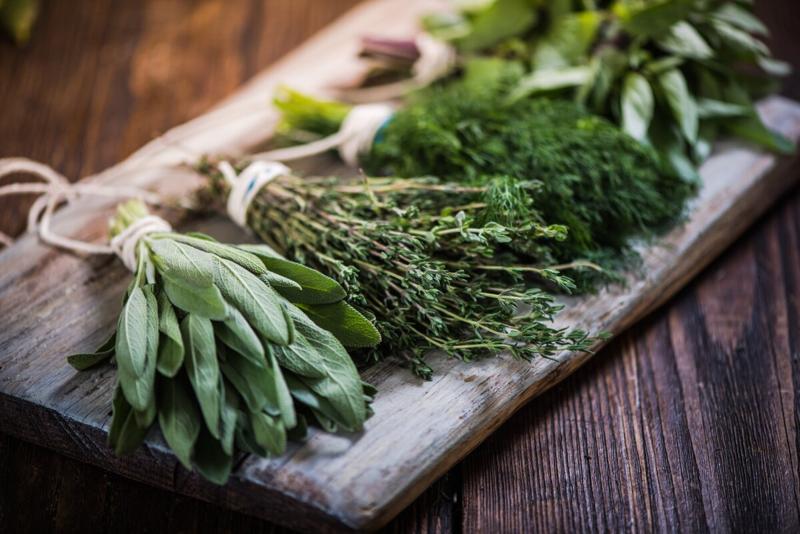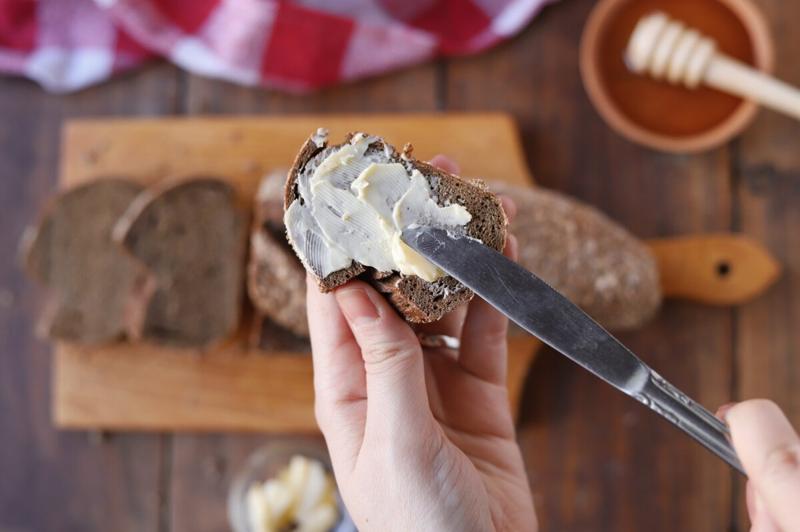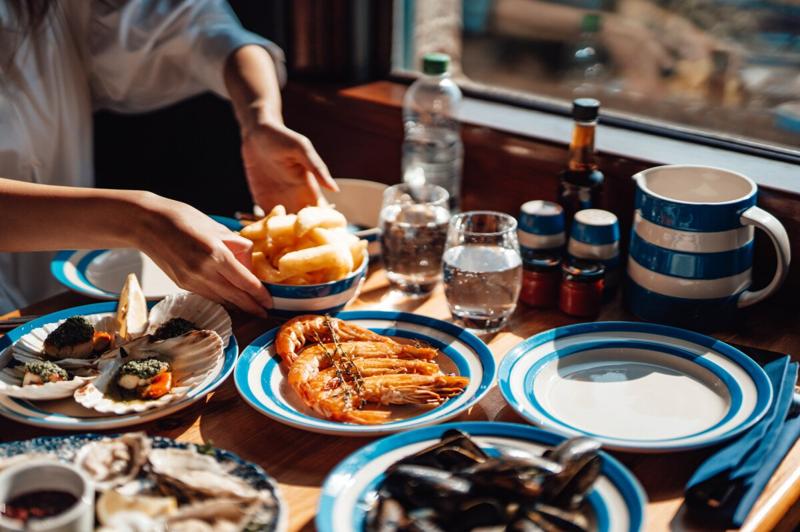The South Beach diet is centered around the consumption of "good" carbohydrates and fats. This diet emphasizes the intake of low-glycemic index carbohydrates that help stabilize blood glucose levels and promote satiety after meals.
What Is the South Beach Diet?
In 2019, a modified version of the South Beach diet was introduced - the keto-friendly South Beach diet. This iteration features a higher fat and lower carbohydrate and protein content than its predecessor. While it incorporates some aspects of the ketogenic diet, such as low carbohydrate and high fat intake, it is less restrictive in terms of carbohydrate consumption, allowing for a more diverse range of foods. Unlike the ketogenic diet, this approach does not necessitate remaining in a state of ketosis to attain weight-loss benefits.
Phases of the South Beach Diet
Phase 1. This phase only lasts for 14 days, but is the most restrictive of the phases. It's designed to help eliminate your cravings for sugary and processed foods. During this phase, you'll eat three meals and two snacks daily, mainly protein and non-starchy vegetables.
Phase 2. The "maintenance" phase gradually adds back healthy carbs. You’ll be able to add small amounts of whole grains and fruits to your menu, and even be allowed certain types of alcohol. Phase 2 will last for as long as it takes you to reach your goal weight.
Phase 3. This final phase is a lifelong diet that you'll maintain this for the rest of your life once you’ve hit your goal weight. No food is entirely off limits, but attention to serving sizes is essential.
Phase 1
South Beach diet phase 1, the weight loss phase, is the strictest of the three phases but only lasts for two weeks. You’ll be limited to 50 grams of net carbs each day, and it will mostly be protein and non-starchy vegetables, with very small servings of low-fat dairy products, legumes and berries, as well as sources of monounsaturated healthy fats, including nuts, olive oil and avocado.
You're likely to lose weight during phase 1, and it'll be the more difficult of the phases to follow. Instead of regular pasta, try zucchini noodles with a lean protein like chicken breast. Focus on non-starchy vegetables and load up on salads with lean protein, but go light on the olive oil dressing. For a sweet snack, you can have small amounts of sugar-free candy or popsicles, but keep your sugar-free sweet consumption to under 100 calories per day.
Phase 2
Phase 2 is the maintenance phase, during which you’ll begin reintroducing “good carbs,” including more whole grains, certain types of fruit and starchy vegetables, like sweet potatoes. You'll stick with those healthy fats like olive oil and avocado.
Your net carb intake will increase from 50 grams a day to 75 to 100 grams, although some people might choose to keep it lower based on how they feel when they add more carbohydrates to their diet.
You’ll reintroduce foods by adding a single serving of carbohydrates to one daily meal for the first week. If you want your extra serving of carbohydrates to be a fruit, it’s recommended that you eat it at lunch or dinner rather than at breakfast. If you want your extra carbohydrate to be a whole grain, you might start with high-fiber, low-carb breakfast cereal or oatmeal.
After this, you can add a second carbohydrate. You will continue to gradually add carbohydrates, one serving a day each week, until you’re consuming up to six servings of “healthy carbs” every day by week six (two or three servings each of fruit, starches or grains and low-fat dairy).
During phase 2, your lunches and dinners should each contain a minimum of two cups of vegetables.
You will stay in this phase until you’ve reached your goal weight.
Phase 3
In the final phase of the diet, you’ll consume about 28% of your daily calories in the form of carbohydrates. For comparison, the average diet has around 50% of calories coming from carbs.
No foods are off limits, but serving sizes will be limited. And you might choose to continue avoiding desserts, alcohol and other calorie-laden beverages, or fatty cuts of meat and poultry (such as fried chicken or sausage). Instead, fill your diet with lean protein, ample vegetables, healthy fats, whole grains and satiating fiber-rich foods.
The third phase is intended to be followed for life. If you fall off track, you’re supposed to return to phase 1 or 2 for a while.
Throughout all three phases of the diet, it’s recommended that you drink half of your body weight in ounces of water every day.
Gluten-free friendly. Recipes can be easily modified and still follow a gluten-free diet.
Halal friendly. Recipes can be easily modified and still follow the diet.
Kosher friendly. Recipes can be easily modified and still follow the diet.
Low-carb. Low-carb diets contain significantly less calories from carbs than the government’s 45% to 65% recommendation.
Can I Lose Weight on the South Beach Diet?
Many studies have concluded that protein is more filling than either carbohydrate or fat, which might encourage weight loss. There is also evidence that a low-GI diet is more effective than a low-fat diet for weight loss.
However, some of the nutrition claims made in the original South Beach diet book may not hold up. In fact, one review of the book found that only 33% of the 42 total nutrition claims in the book were backed by scientific evidence (1).
Short-Term Weight Loss
During phase 1, which lasts two weeks, most people can expect to lose 8 to 13 pounds in water weight.
In one small study, 20 individuals with metabolic syndrome lost an average of 11 pounds and two inches in waist circumference after 12 weeks on the South Beach diet. These individuals also experienced decreases in fasting insulin and increases in leptin, a hormone that encourages us to feel full after eating (2).
Long-Term Weight Loss
In phase 2, you can expect to lose between one and two pounds a week, a rate of weight loss that is generally deemed sustainable by weight loss experts. If your weight loss stalls during phase 2 or 3, you’re welcome to return to phase 1 for a few weeks to push past the weight loss plateau.
No studies have proven the South Beach diet to be successful at helping people with long-term weight loss. However, following the recommendations for exercising while on the South Beach diet might help keep weight off.
Weight Maintenance and Management
The South Beach diet is an eating pattern intended to be followed forever rather than as a short-term diet with a clear start and end date. There is, however, no strong evidence pointing to its ability to help someone maintain their weight loss over time.
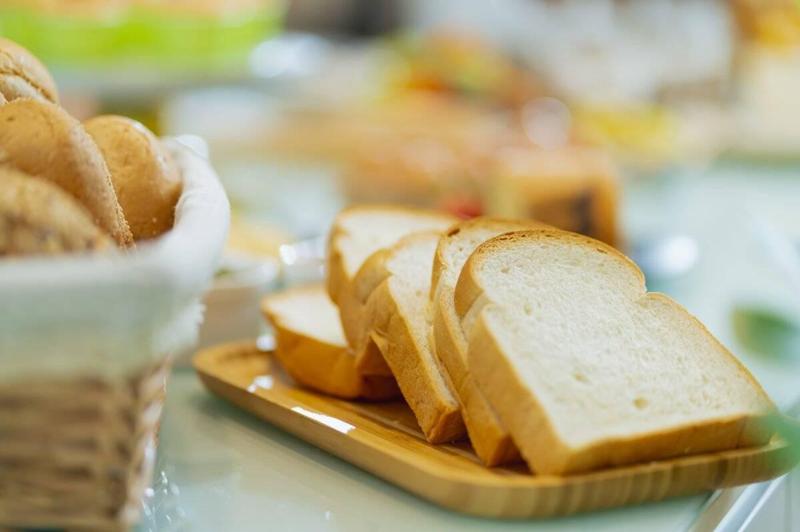
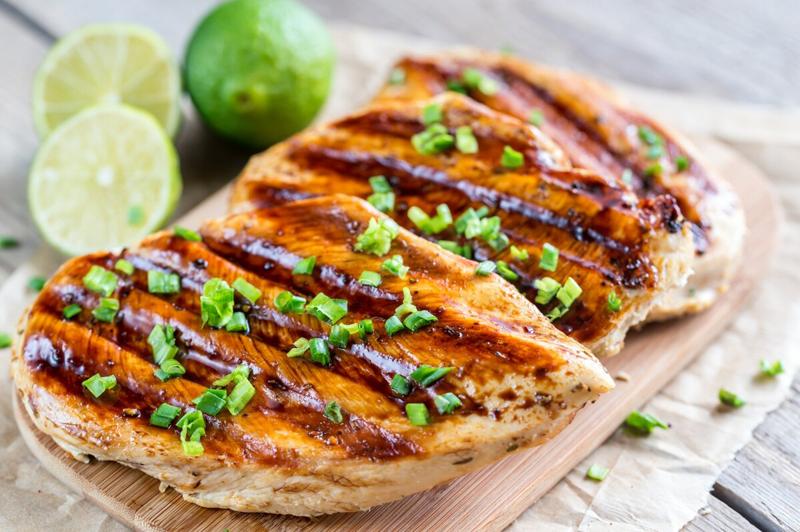
Don’t: Load up on white bread.
How to Get Started on the South Beach Diet
Stock your kitchen with all of the necessary ingredients to get started. Consider removing non-compliant foods, at least for a while.
Decide on your exercise routine – choose something you’ll enjoy, and don’t be afraid to think outside the box.
If you purchased a South Beach book or cookbook, take time to get acquainted with the program and recipe options.
Get in the habit of closely reading ingredient lists.
What Does the South Beach Diet Cost?
What Costs Are Related to the South Beach Diet?
You might choose to purchase a book or two. Choose from “The South Beach Diet: Good Fats Good Carbs Guide,” “The South Beach Diet Supercharged” or “The New Keto-Friendly South Beach Diet.”
South Beach diet-compliant cookbooks.
The cost of healthy foods and snacks.
If exercise is new to you, you might choose to purchase a gym membership, an online workout program or some new sneakers.
Measuring utensils and a kitchen scale will make it easier to stick to the portion sizes allowed on the plan.
Is the South Beach Diet Easy to Follow?
South Beach’s most restrictive phase calls for broadly limiting most fruit and grains. Even during the more liberal phase two, foods like bagels, white bread, cookies, ice cream, honey and jam are still restricted. Even pineapple and watermelon are supposed to be avoided since they have a higher glycemic index than other fruits.
"The South Beach Diet eliminates healthy foods, like potatoes, due to their GI, but they are good sources of vitamin C, are fat-free, provide some fiber and blood-pressure-lowering potassium to the diet," Rust says.
She also explains that different varieties of potatoes have different GI values. For example, red and fingerling potatoes have lower GI values than other types. Furthermore, the glycemic load will be lower if you eat the potato as part of a protein- and fat-rich meal.
While you don’t need to go into ketosis to see benefits, you will need to keep track of your net carbs each day to stay with your daily goal of 50 grams (phase one) or 100 grams (phase two). It will take work and commitment to stick to the program.
Recipes can also be found on the company’s website, The Palm. Each recipe contains phase details and nutrition information.
If you stick to the guidelines, restaurants and dinners with friends are doable on South Beach diet, even in phase one. For example, skip the bread during phase one, but enjoy a whole-grain roll in later phases.
An all-phase-friendly tip: Order soup as a first course, then have a salad and choose lean protein for your entrée. Grilled fish, turkey and filet mignon are all smart choices. That way, you'll already feel full when your main dish arrives, making you less likely to indulge in dessert.
Hunger shouldn't be a problem on this diet. South Beach encourages mindful and strategic snacking. The meal plan includes three meals and three snacks each day. Even in phase one, there's room for tasty items like chicken with broccoli and cauliflower rice, or Italian sausage and peppers and a dark chocolate bar.
"While the South Beach diet may be describing itself as a Mediterranean style diet, this is purely a marketing ploy in my opinion," Rust says. "The bones of the diet plan are okay, but the whole notion of 'foods to avoid' makes me cringe. The diet limits many healthy choices and the overall restriction of the diet is very reminiscent of fad diets from the 1970s or '80s."
She advises that we stop "thinking that there’s a magic bullet, that foods are 'good' or 'bad' and that there is one way to eat that will support every human body's health. It simply doesn’t work that way, and in the long run, it harms more than it helps."
Who Should Not Try the South Beach Diet?
Company representatives note that people in the following categories are among those who should not use the South Beach diet program:
People who are pregnant.
People who are allergic to soy, peanuts or latex (which is used in food processing).
People who have anorexia, kidney disease or a condition requiring a gluten-free or ketogenic diet.
Children and adolescents under 18.
Nursing mothers require an adjusted meal plan. Men weighing more than 450 pounds and women weighing more than 400 pounds require a doctor’s approval to be on the South Beach diet program, representatives say.
You should follow its protocol while on the program and eat all of the food recommended to avoid increasing the risk of serious health problems, the company advises.
Pros
Filling – it's rich in high-fiber foods.
A clearly defined plan with recipes.
Has proven health benefits.
Cons
Tedious portioning, meal planning or prep.
Eating out is limited.
Lots of rules to remember.
What Can I Eat? Do's and Don'ts
Foods to Eat
Phase 1
Lean protein, including beef, pork, lamb, veal, game, skinless poultry, fish and shellfish, turkey bacon and turkey pepperoni.
Soy-based meat replacements.
Non-starchy vegetables and salads. You should eat at least 4½ cups each day.
Legumes. No more than ⅓ to ½ cup per day, cooked.
Up to ¼ cup of hummus each day.
Eggs.
Low-fat dairy products.
Nuts and seeds, which are limited to one ounce per day.
Olive oil, which is limited to two tablespoons, or ⅔ of an avocado, 2 tablespoons of trans-fat-free margarine, 2 tablespoons of low-fat mayonnaise, 1 tablespoon of regular mayonnaise, 2 tablespoons of low-sugar salad dressing or 20 to 30 olives.
100 calories or fewer each day of sugar-free or unsweetened cocoa or chocolate syrup, sugar-free gelatin, sugar-free jams and jellies, sugar-free candy or sugar-free popsicles.
Compliant condiments include broth, mustard, salsa and lemon juice.
Coffee, tea, sugar-free sodas or other drinks.
Tomato or vegetable juice.
Phases 2 and 3
All foods from phase 1.
Starchy vegetables, including peas, turnips, winter squash and sweet potatoes.
Whole grains, such as oatmeal, brown or wild rice, whole-grain pasta, quinoa, farro, popcorn and corn tortillas.
One serving of dry wine or an occasional light beer.
Foods to Avoid (or Limit)
Phase 1:
Fruit.
All starches, including pasta, rice and bread.
Alcohol.
Fatty meats and poultry.
Butter and coconut oil.
Whole milk.
Certain vegetables, including beets, corn, peas and potatoes.
Phase 2:
No dates, figs, pineapple, raisins or watermelon are allowed.
Fatty meat and poultry.
Butter and coconut oil.
Whole milk.
Processed foods made with refined flour or sugar.
Beets, corn and white potatoes.
Alcohol other than dry wine or light beer.
No foods are off-limits, but some foods are still limited in portion size. For example, you can have up to two tablespoons of mayonnaise a day.
Vegan and Following the South Beach Diet
Vegan choices include veggie burgers, vegetarian chili and tofu pudding (no eggs or milk). See all vegan diets.
Vegetarian and Following the South Beach Diet
You can easily choose vegetarian-friendly protein sources, such as beans and other legumes, as well as soy products, and remain compliant with the South Beach diet. See all vegetarian diets.
Gluten-Free and Following the South Beach Diet
The South Beach diet is a good choice for those who adhere to a gluten-free diet. Phase 1 will be especially easy, but you’ll also be able to choose gluten-free grains, such as oats and quinoa, during later phases. You can use the "South Beach Diet Gluten Solution" book and cookbook for advice and recipes to avoid gluten while on the South Beach diet. See all gluten-free diets.
Halal and Following the South Beach Diet
It is entirely possible to choose halal meats and poultry and avoid both pork and alcohol while sticking to the South Beach eating plan. See all halal diets.
Kosher and Following the South Beach Diet
It will not be challenging to separate meat and dairy, select kosher-certified meats and avoid shellfish on the South Beach diet. See all kosher diets.

